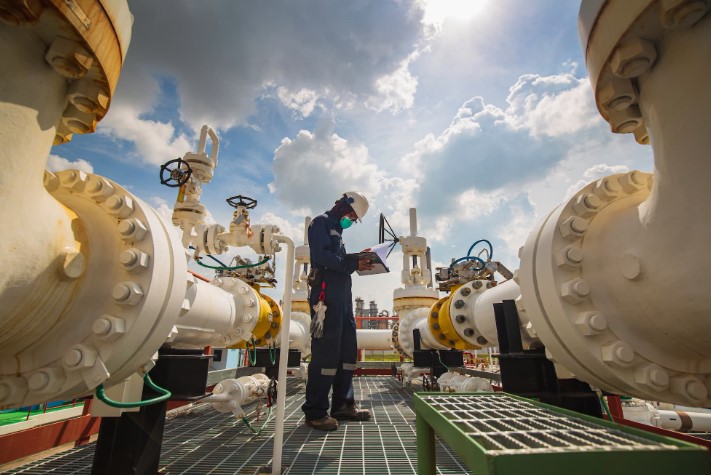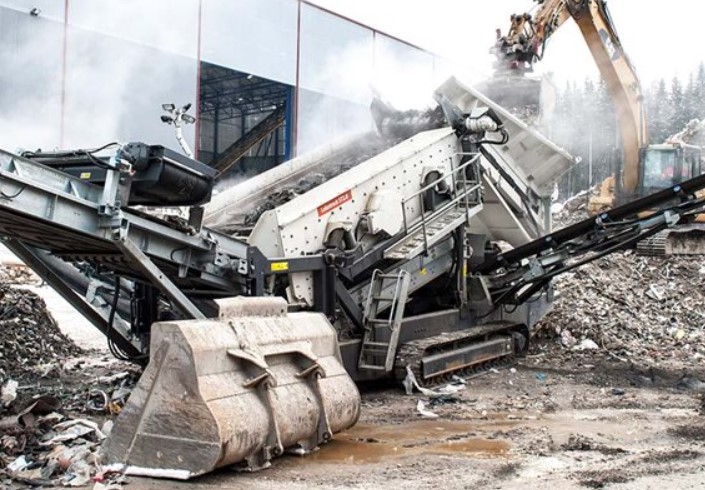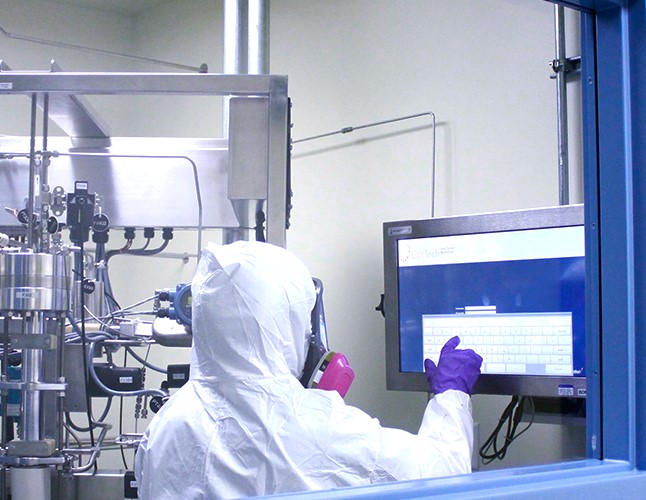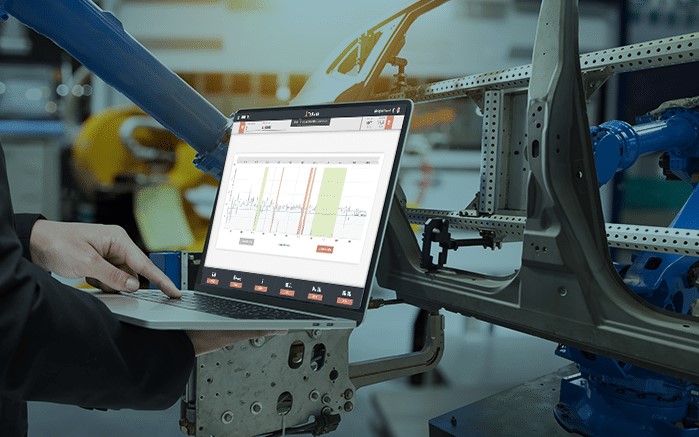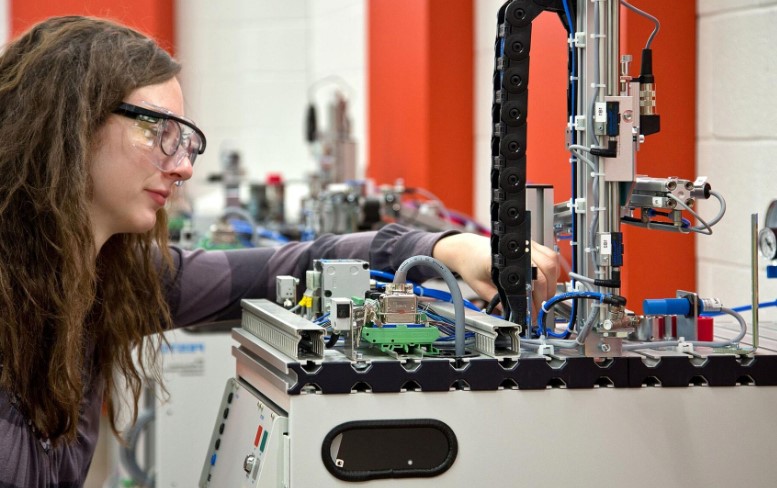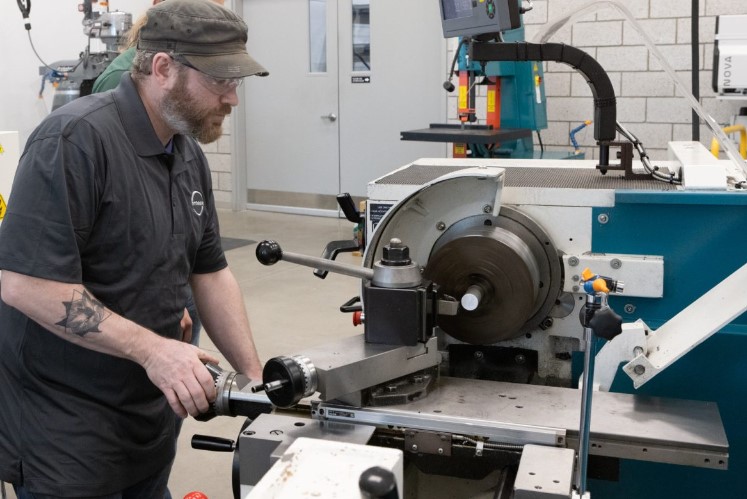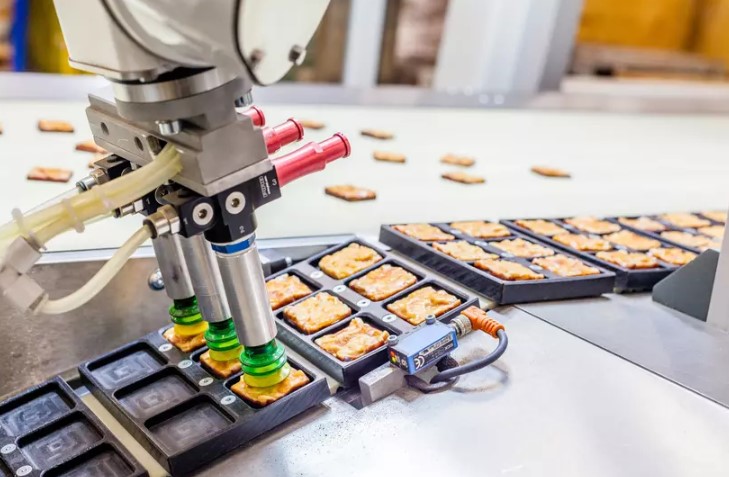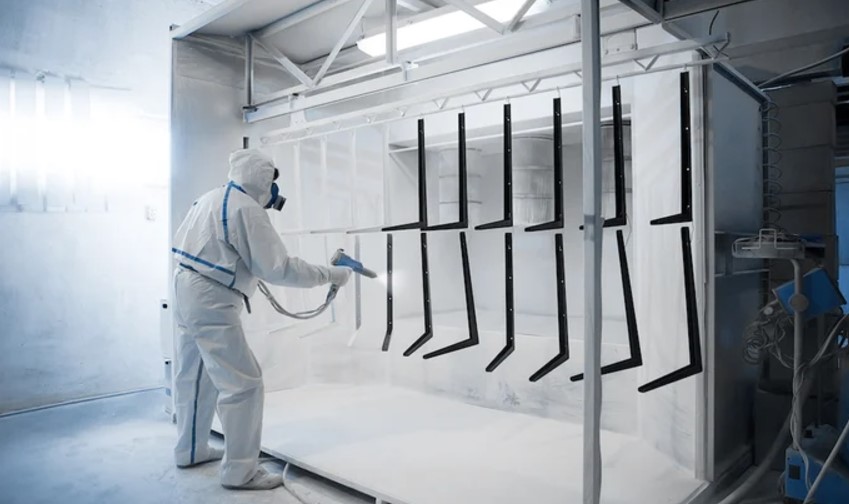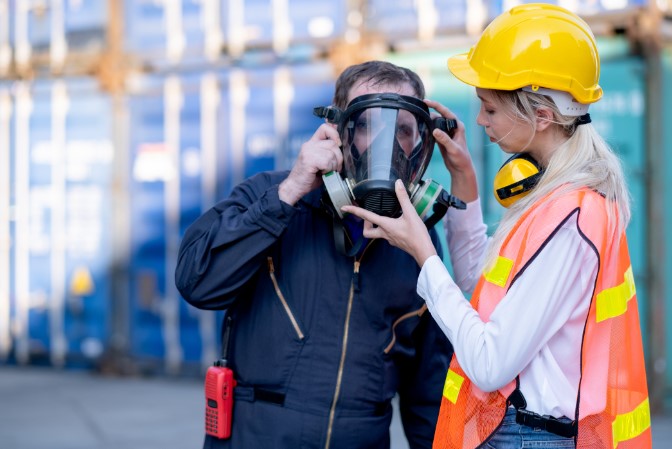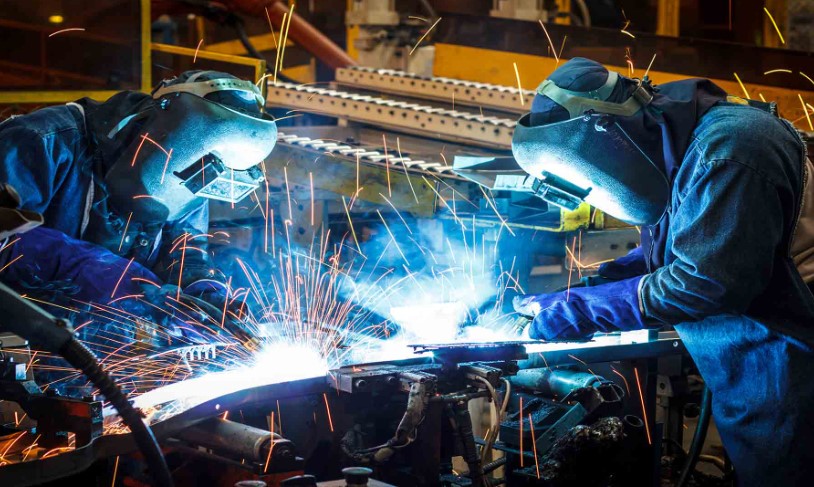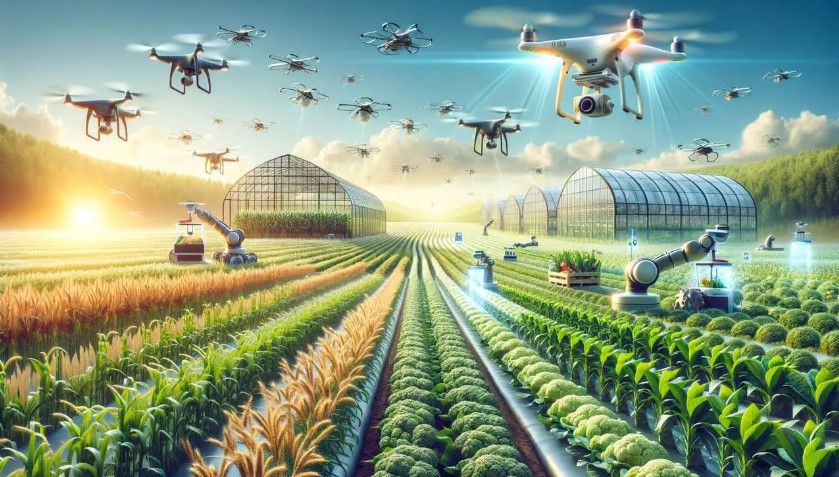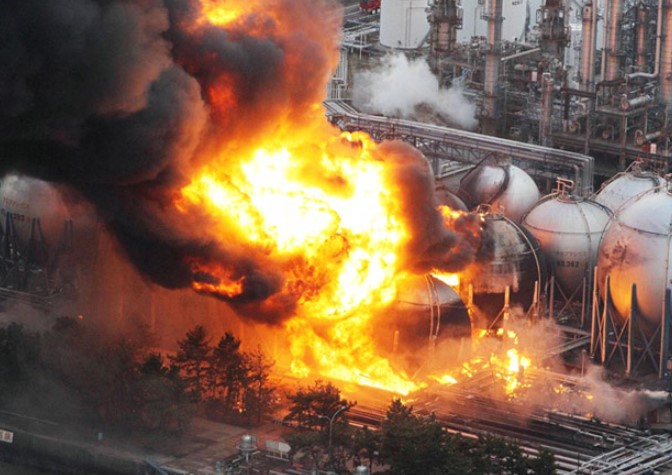-
Ensuring Reliability in the Oil and Gas Industry: The Role of Preventive and Predictive Maintenance in Equipment Longevity and Operational Efficiency
The global economy and our daily routines are deeply intertwined with the oil and gas industry, a key sector that fuels our modern lifestyle. This multi-billion-dollar industry influences many facets of life, making it essential to properly maintain the complex equipment and specialized machinery that keep the entire supply chain functioning without interruption. In the oil and gas sector, harsh operating conditions are common, from extreme temperatures to abrasive particles. Equipment components must be able to endure these conditions while performing safely and efficiently. To meet these challenges, operators use preventive maintenance (PM), which involves regularly scheduled upkeep based on usage or time intervals. PM activities include replacing parts, making…
-
Preventing Downtime in Manufacturing: Proactive Strategies to Safeguard Productivity and Strengthen Customer Trust
In the complex world of manufacturing, downtime is more than just a nuisance; it’s a serious financial threat. Every second that a production line unexpectedly stops, manufacturers face not just a loss in productivity but also a significant drain on resources. More critically, these interruptions can weaken the trust that forms the bedrock of relationships between manufacturers and their clients. The financial impact of downtime is just the beginning. It reaches deeper, affecting customer relations by eroding the trust that has been carefully built over time. When operational disruptions prevent manufacturers from meeting their commitments, it places strain on these essential relationships, leaving customers frustrated and possibly looking for new…
-
Sustainability in Action: How Innovative Technologies Are Shaping Eco-Friendly Business Practices
As businesses increasingly prioritize sustainability, their operational strategies are evolving to incorporate cutting-edge technologies and creative solutions. By leveraging innovation, companies are transforming their approach to designing and producing products, components, and systems. This shift signifies that sustainability is not merely a trend but a strategic commitment to reducing environmental impact and enhancing life quality. Which has led to organizations focusing on maximizing opportunities for recycling and reusing resources throughout their manufacturing processes. For more information on how businesses are adjusting their strategies to be more sustainably conscious, please see the infographic accompanying this post. Sustainability In Manufacturing Machine Design was created by Stober. Their proprietary ServoStop comes with an…
-
Maximizing ROI Through Advanced Maintenance Strategies: Leveraging Preventive and Predictive Maintenance for Industrial Machinery
The financial and operational impact of maintaining industrial machinery is considerable. To stay competitive and secure a strong ROI, companies must adopt new technologies and management practices that reduce maintenance costs and equipment downtime. The maintenance, repair, and operations market is anticipated to reach $701.3 billion globally by 2026, driven by the costs associated with aging equipment. Unplanned downtime often results from mechanical issues, operator errors, insufficient maintenance time, and poor design. One approach to reducing maintenance requirements is to utilize components that require minimal upkeep, such as ultrasonic clamp-on meters. Commonly used in the water distribution sector, these meters are nearly maintenance-free due to their lack of moving parts.…
-
Reducing Workplace Dust: Protecting Employee Health Through Safety Programs and Innovation
Minimizing dust levels in your facility is crucial for maintaining a safe and healthy work environment. Airborne dust contamination can lead to serious health issues, including lung diseases such as pneumonia, pneumoconiosis, and extrinsic allergic alveolitis, as well as certain cancers. Beyond respiratory problems, dust exposure can also cause damage to the eyes and skin, potentially leading to skin conditions or even cancer. Given the significant risks associated with dust exposure, it is essential for businesses to take comprehensive measures to protect their workers. Many organizations have implemented specialized programs aimed at mitigating these risks. These programs often start with thorough education and training for all employees, emphasizing the dangers…
-
Advancing Pharmaceutical Innovation: How Spray Drying is Redefining Drug Formulation and Delivery
In the pharmaceutical industry, spray drying has become an essential process, redefining drug formulation and delivery. This technique transforms liquid formulations into fine powders, making it indispensable for various applications, from enhancing drug solubility to enabling inhalable drug delivery systems. As we delve into the latest advancements in pharmaceutical spray drying, we uncover how these innovations are revolutionizing drug development and delivery methods. Recent progress in spray drying technologies has introduced significant benefits for pharmaceutical formulations. One notable advancement is the use of Amorphous Solid Dispersions (ASDs), which improve the bioavailability of poorly soluble Active Pharmaceutical Ingredients (APIs). The production of ASDs via spray drying has become a reliable approach…
-
Navigating Supply Chain Disruptions: Strategies for Building Resilience and Optimizing Efficiency
Manufacturers across the country continue to face significant challenges within their supply chains. These difficulties have led to widespread disruptions, with many business owners experiencing a throttling of their operations that hampers their manufacturing efforts. Such disruptions often stem from a variety of supply chain issues, which can create a ripple effect throughout the entire production process. The complexities of modern supply chains mean that even a minor issue can escalate into a major obstacle, causing delays, increased costs, and inefficiencies. Business owners may feel powerless in the face of these challenges, uncertain about how to regain control and improve their operations. The feeling of helplessness is common, as many…
-
Understanding the Dangers: Fire and Explosion Hazards of Flammable Gases in Industry
Flammable gases are essential in many industrial processes, but they also pose significant fire and explosion risks when not properly managed. Whether used in manufacturing, chemical processing, or energy production, these gases require strict safety protocols to prevent accidents that could cause extensive damage or even loss of life. Knowing how to handle, store, and monitor these volatile substances is crucial for maintaining a safe work environment. This infographic delves into the hazards associated with flammable gases in industrial settings, offering critical insights on the risks, prevention strategies, and safety measures needed to minimize the chances of fire or explosion. By understanding these dangers, industries can take the necessary steps…
